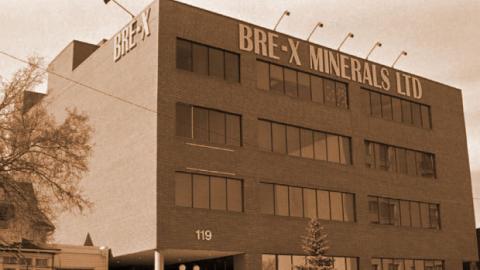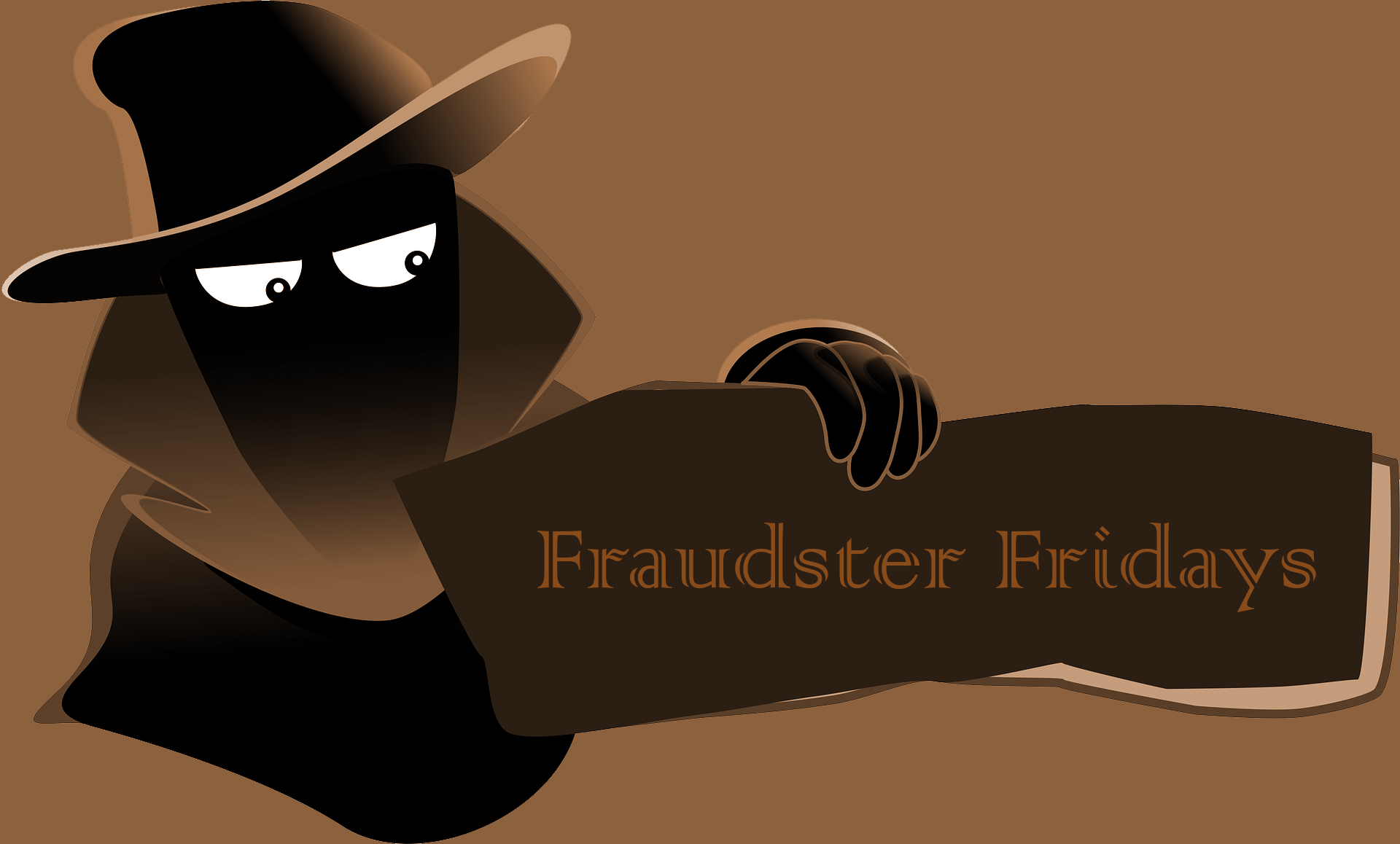Submitted by nsscadmin on

The Bre-X Minerals Ltd. scandal has all the trappings of a Hollywood story. A fledging minerals company residing in the penny stocks reportedly strikes the largest gold claim in history tucked away in the jungles of Borneo. The gold claim was worth billions and sent Bre’X’s stock value soaring from pennies to hundreds of dollars. In the end it all turned to be fool’s gold, resulting in one the largest stocks scams and cases of mining fraud in Canadian history.
Bre-X was founded by David Walsh in 1989 as a subsidiary of Bresea Resources Ltd. The eventual gold fraud didn’t begin until 1993 when on the advice of the company’s chief geologist, John Felderhoff, Walsh and Bre-X purchased a parcel of land along the Busang River in Borneo, Indonesia.
Another geologist, Michael de Guzman took core samples and drilled in the area and found it to have a large gold deposit. In 1995 Bre-X officially announced estimates of 30 million ounces of gold. As more samples were taken and reported these estimates continually grew to 60 million and then 70 million before eventually reaching 200 million, making it the largest gold discovery in the world.
As the size of the gold deposit grew Bre-X’s stock price and value grew along with it. Once at a lowly 30 cents per share, Bre-X would peak at $286.50 in May, 1996 before it quickly came crashing down.
The end of the façade began in early 1997 when the Indonesia government decided it was too big for Bre-X to own alone. Other gold companies were set to pounce to get a piece of the claim with Freeport McMoran eventually winning out. The claim and its eventual profits, estimated to be in the billions, was divided up with 40 per cent going to the Indonesia government, 45 per cent to Bre-X and 15 per cent to Freeport.
Freeport was eager to do their own tests on the site and began their own due diligence in March 1997. These new tests and drilling found only a “minor amount of gold.” Their independent analysis found that the previous samples and tests provided were fraudulent. De Guzman used filings from his wedding ring and gold flakes purchased from local panned gold to salt the samples and make it appear there was a massive gold deposit, when in reality, there was none.
De Guzman would never get to face the music for what he did. On route to meet with Freeport representatives after the gold scam was uncovered he launched himself out of a helicopter in the Borneo jungle killing himself. To add even more intrigue to the story de Guzman’s body wasn’t recovered for three days and it was incredibly decomposed after being eaten by wild boars. Other reports state the body was missing its hands and feet.
After the truth came out Bre-X’s share price dropped like a stone. Trading was suspended and the company filed for bankruptcy protection.
Walsh and Felderhoff both claimed they were also duped by de Guzman’s fake samples. Walsh never had the opportunity to answer for anything after suffering a brain aneurism which led to his death in June, 1998.
Felderhoff was charged with insider trading by the Ontario Securities Commission, but after lengthy arguments and hearings he was found not guilty in 2007. A subsequent RCMP investigation into the Bre-X scandal also proved fruitless and was concluded in 1999 with no charges laid.
In response to the Bre-X scandal new regulations were created under National Instrument 43-101 - Standards of Disclosure for Mineral Projects.
Can you spot the Red Flags of Investment Fraud in the Bre-X story?
1. Is there a credible source that can validate the investment?

